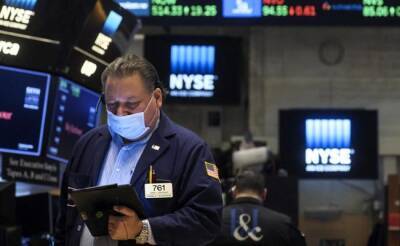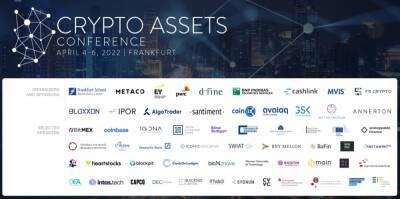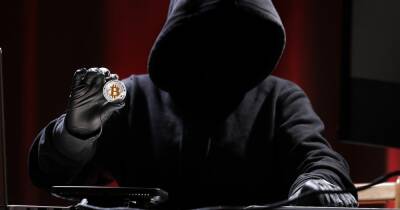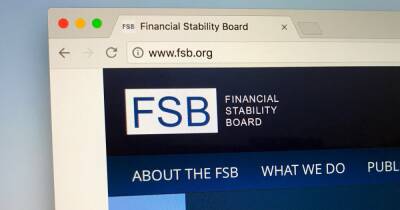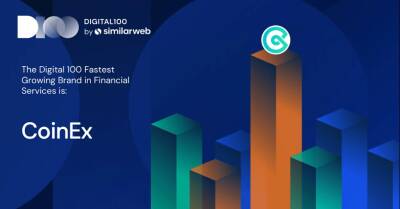Laundering via digital pictures? A new twist in the regulatory discussion around NFTs
On Feb. 6, the United States Department of the Treasury released a report under the headline “Study of the facilitation of money laundering and terror finance through the trade in works of art.” In fact, only a tiny fraction of the 40-page document is dedicated to the “Emerging Digital Art Market,” by which the department understands the market for nonfungible tokens, or NFTs. Still, even a brief mention of the emerging NFT space in this context can have major implications for the tone of the nascent regulatory debate with regard to the asset class.
The overall tone of the report is hardly alarming for the NFT space: The document casually mentions the growing interest in the digital art market both from private investors and legacy institutional players such as auction houses and galleries. Nevertheless, several key points illuminate potential areas of regulatory anxiety with regard to this exploding sector of the digital asset industry, which, according to the Treasury’s estimates, generated $1.5 billion in trading volume in the first three months of 2021.
First of all, NFTs still lack a definitive financial classification. Given their unique nature, nonfungible tokens could be categorized as collectibles rather than as payment or investment instruments. But, in certain scenarios, they could also qualify for the status of “virtual assets” under the Financial Action Task Force (FATF) definition. Platforms that facilitate NFT trading would then become “virtual assets service providers,” making them subject to Financial Crimes Enforcement Network (FinCEN) regulations. That means, in the first place, it would be necessary to fall under the Anti-Money Laundering/Combating the Financing of Terrorism (AML/CFT) reporting
Read more on cointelegraph.com




